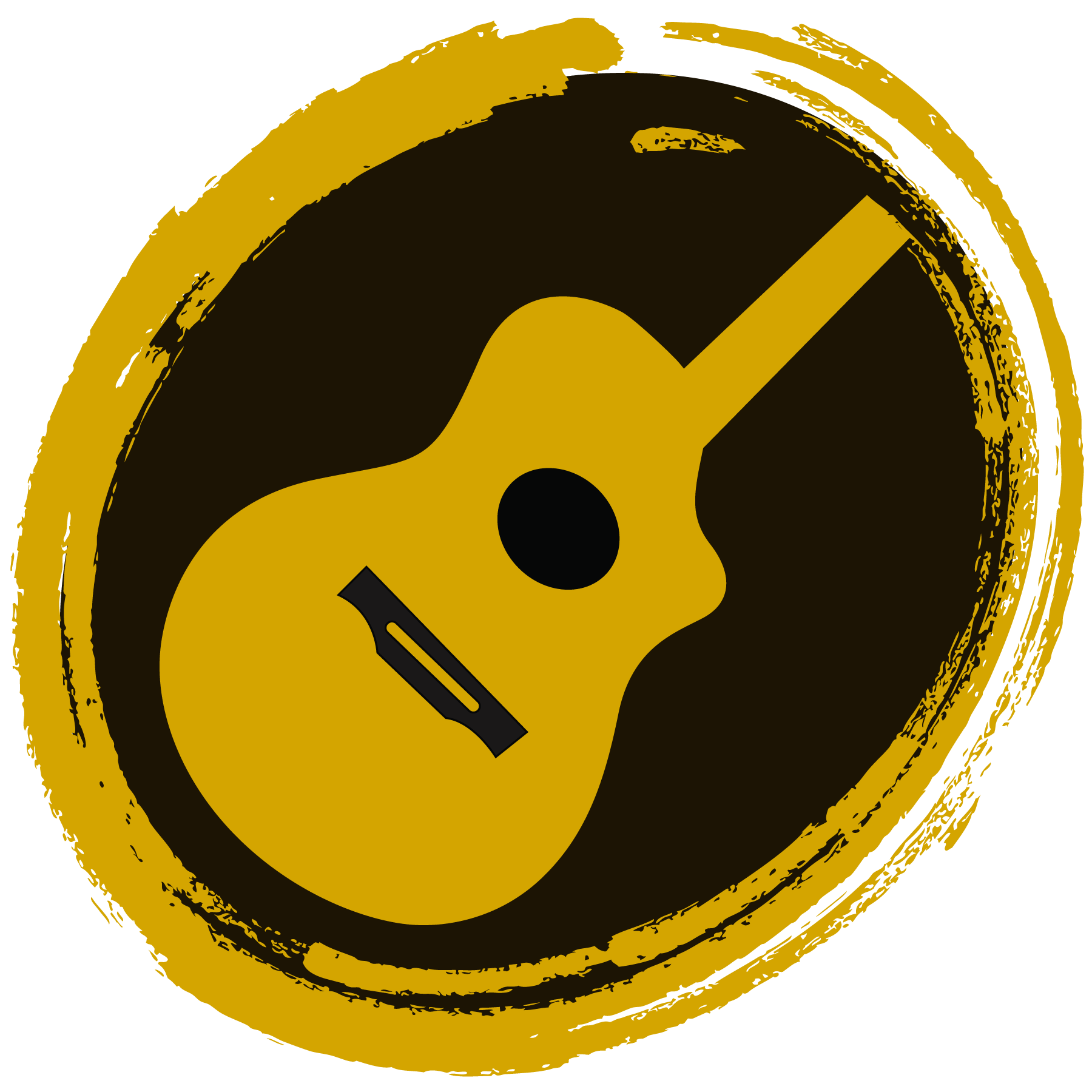Hi there! I’m trying to find a gift for my resident bassist. He’s got a 15W 10" bass amp which for bass is only enough for rehearsals. He started gigging and I want to gift him a new amp. Something that can be connected to a concert setup as the band is about get their hands on loaned equipment.
I know in pro set-ups there’s an amp head connected to some speakers. And somehow that is connected to overall concert sound system. How is that connected? Is that “output direct connect” I see in some combo amps?
Where can I read about it? All I’ve found online was useless. I guess my lack of basic knowledge prevents me from asking Google the right questions.
There are different ways, and the personal preference of the bassist / of their sound person matters. If they like their current amp (for their sound qualities), a lot of sound engineers will just put a microphone in front of it to pickup “their” acoustic sound ; if the amp itself is decent, it’s going to feature a line output on the amp itself, that they can use to plug into the sound system and get the amp feed up to it. And, lastly, inserting a DI box between the instrument and the amp allows for a split output of one line towards the sound system and another towards the amp, so they can still hear “their” sound while the sound engineer has full control of how it will sound on the system (DI’s are usually provided by the stage, rarely by the musician, and using them is a lot of time the choice of the engineer).
In a cool setup, sound engineers like to have both a microphone in front of the cabinet and from the amp output or a DI, allowing them to mix between both.
In a modern (bigger) system, the amp is entirely removed, replaced by a DI, or the cabinet is out backstage to avoid noise pollution on stage, and the musicians only hear themselves through the monitors.
Am I answering your question? No I’m not!
Talk to your friend. They may like their current amp to the death, they may very well know what they would like to buy next, or not.
Why not finding a pretext to go to a music shop and try several “just to have fun / just to have a look”? If an obvious preference arises, you just pop your credit card and Bob’s their uncle!
Thank you! My friend is my son, and I want to keep it a surprise. He maintains a wishlist and there’s a Peavey max 100 there, which is quite different from the used Acoustic B15 we got him to start playing the bass. So likely not enamored with the current amp. It’ll probably be a good idea to take him to test a few models though, I don’t think he has actually did any of that to select the Peavey.
That Peavey has both a DI output and an FX loop. From what I gather from your comment, the DI output could be tied to larger setup where the amp would serve as monitor, depending on whether the venue will take it.
I’m guessing the FX loop isn’t meant to be used for the same function. I’m assuming it expects a return to the power amp so if I take the signal to a concert system and don’t have a feedback the speaker won’t play anything, so no monitor.
You are correct about both the DI and FX loop.
Thanks!
The standard way for guitar or bass amps to be hooked up to a live sound system is via microphones. Buying loud amps just for playing shows is something that should stay in the past. My personal opinion from working shows is the less onstage volume the easier it is to mix front of house and provide good monitor mixes to individual members of the band.
My personal favorite is the Tech21 SansAmp Bass VT. It’s like a Swiss Army knife of Bass DI boxes. You can can go direct into the board with or without speaker cab simulation. Run a parallel output to bass amp, or both at the same time.
On big sound systems you really don’t need anything else. It sounds great on recordings as well.
They have other DI boxes from Tech21NYC, but I’ve only used this one.
Generally through the preamp out. Each head is often split into two portions. A preamp (signal creation) and a power amp (the bit that amplifies the signal and powers the speaker cabinet that is connected via a speaker cable to the head). The preamp out of a head is what you can use to send the signal out. Alternatively you can use that same output to a simple power amp itself (ie with no preamp). Others sometimes microphone their speaker cabinet and use that signal via its own preamp instead but that’s getting too technical and not often used for bass. That last option is more for studio work and less for gigging.
There are a few different ways to do it and they will all sound a little different. The “traditional” way is to have a wall of 8x10 cabs and just blast- very few people do this nowadays. This is expensive and the cabs and heads are heavy. But it is also very satisfying. Next, you can have a smaller amp that is mic’ed up to the PA. Whether this sounds good or not depends on the quality of your amp, the quality of the mic, and your sound engineer. Some amps have a direct out, which you can plug right into the sound board. When I last played in a band my bassist used a combination of these approaches - he used a 2x10 cab for some stage volume but also used the direct out from his amp to go into our mixer. Some bass players take this even further and use a DI (direct injection) box to plug straight into the board without an amp. I think Geddy Lee does this. Finally, you can go digital with an amp/cab simulator that also can plug straight into the sound board. Which setup you choose depends largely on both preference and budget as well as the type of venue you are playing and what kind of FOH (front of house) system they have.






